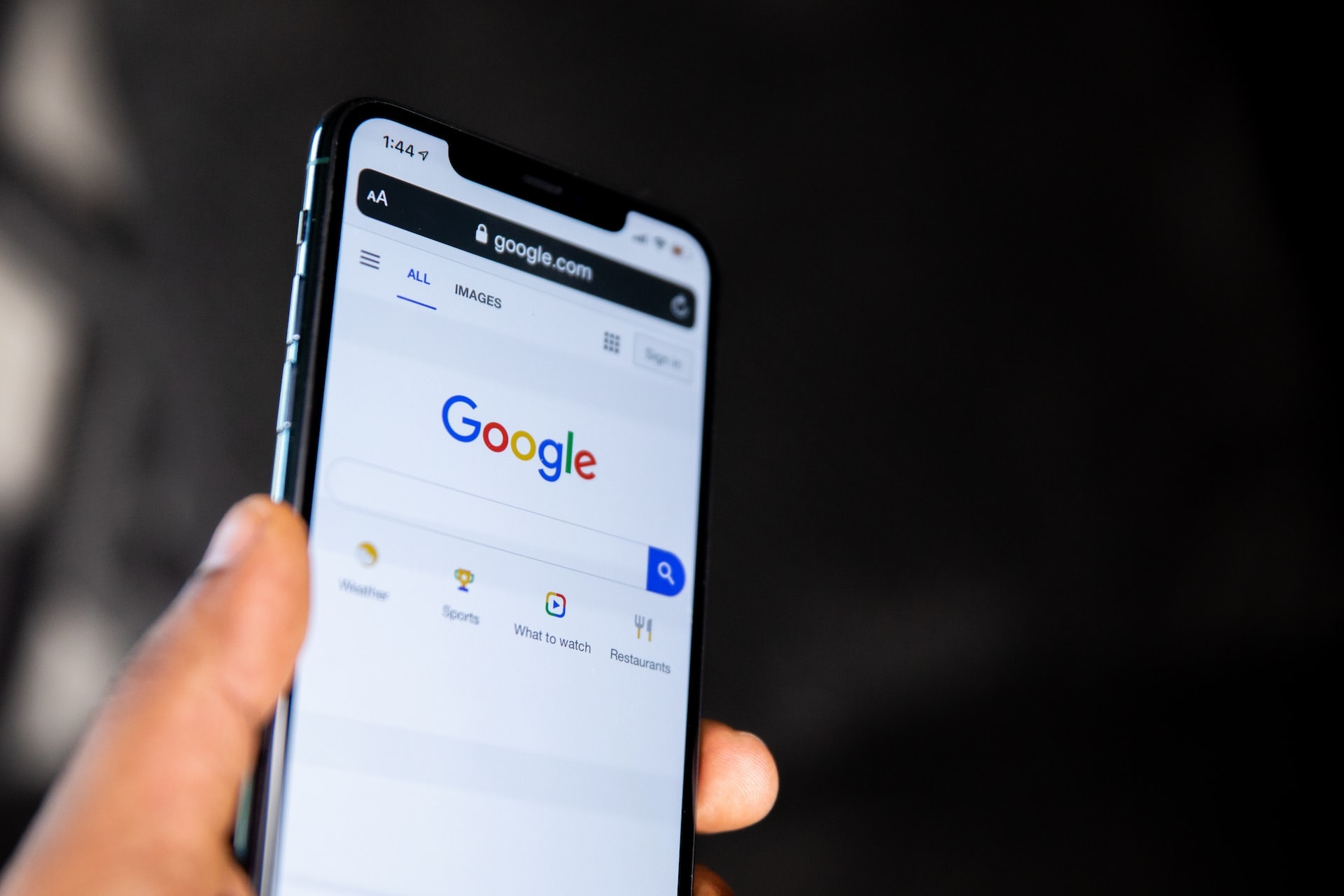Want to rise to the top of Google without the time and effort of long-term SEO work? Want to be the first result on Google for key search queries in a week?
It all sounds very tempting, doesn’t it?
Naturally, many businesses are looking to reduce the time and costs associated with reaching their SEO goals. So they turn to Black Hat SEO, but does it work, and is the risk worth the reward?
Let’s find out what we can learn together as we dive deep into what exactly black hat SEO strategies are, their processes, and how you can shift these naughty tactics towards the shimmering world of white hat SEO.
What is Black Hat SEO?
Black Hat SEO is the practice of getting your site to rank higher on the results page by using methods that violate the search engine’s guidelines, e.g. Google or Bing.
These strategies often involve ‘tricking’ the search engine into believing your page is more relevant to a search query than it really is or that your site is more authoritative and trustworthy than it really is.
What is White Hat SEO?
SEO white hat strategies are anything that follows the search engine guidelines to increase a website’s position on a search engine results page (SERP). Also known as ethical search engine optimisation, these strategies improve a site’s usability, help create great content, or make sites faster, which is suitable for both users and search engines.

What’s The Risk?
Black Hat SEO is not illegal, but it does violate the search engine guidelines, and these providers REALLY don’t like being tricked or manipulated. While some black hat techniques may be effective, we want to be clear: We don’t recommend black hat SEO.
Using black hat SEO strategies risks long-term negative impacts on your business.
The search engine’s incentive is to resolve a user’s search query with relevant content. That’s why search engines will penalise black-hat SEO, it’s ultimately in their best interest to serve great content to their users, and black-hat SEO techniques are usually just a way of propping up sub-par content.
Search Engines like Google have algorithms in place to scan websites and check for violations of their guidelines. You will likely be penalised if you get caught, resulting in your site dropping down the search rankings or potentially even being permanently removed from the search engine. For example, after Google caught American retailer JCPenny purchasing backlinks, they were penalised and dropped from position 1 to 70 on several high-value keywords. Dirty little secrets of search indeed.
A decade ago, Google’s ranking algorithm was far less advanced, and many of these techniques were far more effective. Not only are these techniques now less effective, but Google’s algorithms to detect violations have also become much more sophisticated (and consider future algorithm updates are likely to uncover historical penalties). If you couple the decreased effectiveness of these techniques with the increased likelihood of getting caught and penalised, the risk simply isn’t worth the reward.
But that doesn’t mean there’s nothing to learn from black hat SEO strategies.
1. Keyword Stuffing
Keyword stuffing is exactly what it sounds like, filling a page with as many keywords as possible in the hopes of signalling to the search engine that your page is relevant to search queries involving those keywords.
For example: If I want a page to rank for the search query: ‘seo digital marketing australia’ using the keyword stuffing technique, my on-page copy would probably look something like this:
“We are a digital marketing agency in Australia, specialising in SEO. We provide the best search engine optimization services of any agency in Australia. If you want Australia’s best Digital Marketing and to improve your SEO rankings, call us today”.
The paragraph above is also almost unintelligible, comes across as spammy, untrustworthy and, ultimately provides a lousy user experience that offers no incentive to convert.
And for the keen-eyed amongst you, the US spelling is intentional, as keyword stuffing rarely considers geo-location and instead applies a spray-and-pray strategy to capture as many keywords as possible.
Does Keyword Stuffing Work?
You might get lucky in some cases, but there’s no need for keyword stuffing in SEO. Keyword stuffing can put you at risk of being penalised, and moreover, it provides a horrible user experience that will likely counteract the possible benefits of those additional keywords.
Although best-practice SEO is to include relevant keywords in your copy, target keywords should be integrated naturally. Furthermore, there’s no evidence that having countless references to a keyword is more effective than utilising it once.
One popular (and soon-to-be outdated) keyword-stuffing method is “SEO Text”, or autogenerated copy at the bottom of each page with keywords the website wants to rank for in the search results. More often than not, Google and other search engines may penalise “SEO text” because it is duplicated, low-quality content that is often supplementary.
What Can We Learn from it?
Using keywords is a critical part of any SEO content strategy. Search engines pay close attention to all search queries. However, your chosen keywords should be integrated naturally, wherever relevant.
Take a look at Yoghurt’s SEO landing page below. You’ll see many of the same focus keywords used in my keyword stuffing example but integrated naturally and not at the sacrifice of the user or readability.

At Yoghurt Digital, we recommend utilising relevant target keywords in your URL, Page Title, Meta Description and on-page copy. However, your guiding principle should be: am I providing high-quality content that gives genuine value to our users?
If you’re sacrificing the quality of your content to include a few extra keywords, it’s probably not going to work. Worst case scenario: you could be penalised, and you will almost certainly be outranked by sites that provide real value about the search query.
Time and time again, we see that the sites that rise to the top of the rankings aren’t the ones that stuff keywords but those providing genuinely quality content to their users (with a light dusting of keywords to guide the search engine along the way).
Google is taking a keener interest with their helpful content update to ensure “people see more original, helpful content written by people, for people, in search results.” Aiming to “better reward content where visitors feel they’ve had a satisfying experience,” Google wants content created for users, not search engines.
2. Link Building
Backlinks or inbound links are links from one website to another.
In the SEO world, other websites with links pointing towards your site are seen as a vote of confidence for your site by the search engine. As a result, if you have high-quality backlinks, Google deems your site as more authoritative or credible, increasing your SERP ranking.
Blackhat approaches to link building typically involve buying backlinks directly from a site or using services that will acquire these backlinks for you in bulk.
The only problem is that Google bans the buying or selling of links or links that are “intended to manipulate PageRank or a site’s ranking in Google’s search results”.
Does Link Building Work?
Yes, link building definitely works and is highly effective in improving your search rankings, but there are many ways to go about it that don’t involve violating Google’s policies.
If you’re purchasing backlinks, there’s a high probability that these are coming from spammy, low-domain authority sites, which will likely throw up red flags for Google that you’re using black hat SEO strategies. Additionally, if your site has a sudden influx of new backlinks, this may also throw up some red flags that could lead to your site being penalised.
What Can We Learn From It?
While a black hat approach to link building might seem like a shortcut to ranking on search engines, it’s also precarious. So how can we go about building links sustainably and risk-free?
The first and most crucial step is to create great, link-worthy content. Creating genuinely interesting, insightful or informative content should naturally acquire backlinks as people want to pass on this information.
After you’ve created great content, you can also start reaching out to partners and content publishers with your content, allowing them to publish it in return for a backlink. Using a competitive backlink analysis to grow your backlinks can make your link building campaign even more effective.
Also, consider the hundreds of brand mentions across the internet where you haven’t been linked. This is a massive opportunity to acquire backlinks from existing content by reaching out to these websites and requesting a backlink be added to that content. We even have a detailed guide to finding and fixing broken links you may have lost.
Take a look below at this backlink we acquired from Qantas. Although this content wasn’t made to acquire backlinks, staying alert regarding brand mentions can ensure you’re leveraging all of your business’s relationships and connections to build your domain authority.

3. Cloaking
Cloaking involves showing one version of your site to a search engine crawler but showing a different version to the actual users. The site identifies the type of user (real user or search engine) by their IP address and then decides which version of content to show them.
Sites that utilise cloaking will typically show the search engine crawler a lot of content stuffed with keywords and links to help them rank. Then when an actual customer lands on their page, they’ll reveal a user-friendly site with the information customers really want.
Would Cloaking Work?
Cloaking does not work simply because search engine algorithms have gotten far better at identifying cloaking. These cloaked websites also regularly change their IP addresses to appear as ‘real’ users to see the site’s content.
Since cloaking is against Google’s guidelines, you risk penalisation or an outright ban from the search results.
What Can We Learn From It?
While you can’t show a different version of your site to search engines, offering multiple site versions depending on your user type can often be advantageous. An example is adjusting the site interface depending on whether it’s a mobile or desktop user.
However, you can go further than this. For example, you may know that specific unique selling points resonate with customers from particular regions, so adjusting your site content to reflect these USPs based on their territory could be a great way to make it more relatable or engaging.
If you’re thinking specifically about SEO, maybe you have users from a country with low bandwidth, and their page speed times are slower (hurting your rankings). These users could be served a version of the site with less image and video content to boost the page load times and likely improve rankings.
Just remember you can show a different version of your site to different types of users, but you can’t display a version only for search engine crawlers.
Wearing The Right SEO Hat
In essence, many blackhat strategies are good SEO best practices but taken to the extreme. However, they fail to consider that the best long-term SEO strategy is to optimise for the user, not the search engine.
Search engines will reward sites that provide a great user experience, so it’s ultimately in your interest to do the same. While using black hat SEO techniques and optimising the search engine may have yielded results a decade ago (when detection algorithms were less advanced), it’s a precarious strategy for your business.
So consider the alternatives:
- A sound SEO strategy is built upon providing the best possible experience for your users.
- Detailed keyword research to understand where the search demand exists in your market and how to cater to this demand appropriately. Then map these target keywords to pages on your site, optimising these pages towards the best possible experience a user searching this keyword could be provided.
- Building your backlink profile and domain authority through great, link-worthy content.
- A technical SEO audit to ensure your content is accessible and understandable to search engine crawlers.
For the best possible user experience and SEO–follow the rules, avoid black hat strategies, and create people-first content to rank higher in the SERP.

